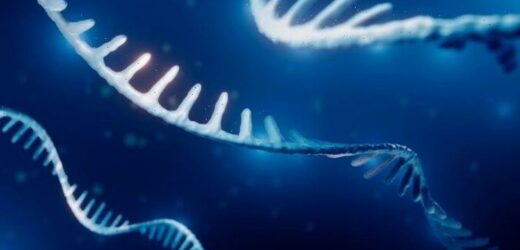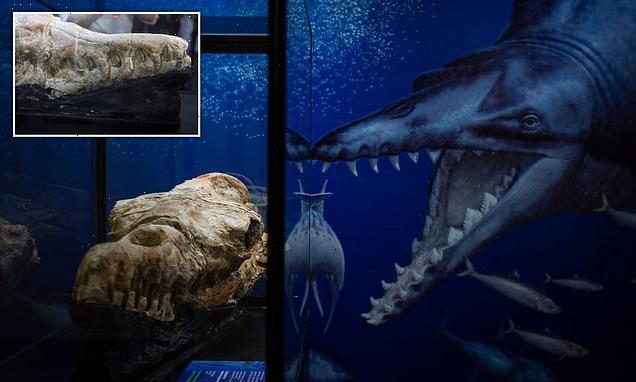Brian Cox explores the origins of life on other planets
We use your sign-up to provide content in ways you’ve consented to and to improve our understanding of you. This may include adverts from us and 3rd parties based on our understanding. You can unsubscribe at any time. More info
One of biology’s enduring mysteries is how simple organic compounds evolved into the first cells that paved the way for apes and, eventually, humans. A leading hypothesis is that on the surface of Earth more than four billion years ago could be found ribonucleic acid (RNA) molecules, essential ingredients for cellular functions. These, the idea goes, began to replicate and develop from simple single molecules into complex and diverse forms that self-assembled, drove complex reactions and finally got packaged up into a neat cell membrane.
The problem with this concept, however, is that scientists have never been able to physically create such RNA replication systems in the laboratory, making the idea impossible to prove in practice — until now.
The breakthrough came from the work of biologist Professor Ryo Mizuuchi and his colleagues at the University of Tokyo.
Seeing simple chemical systems move towards biological complexity, they called the results of their long-term RNA replication experiment “truly exciting”.
Prof Mizuuchi said: “We found that the single RNA species evolved into a complex replication system: a replicator network comprising five types of RNAs with diverse interactions”
This, he added, supports “the plausibility of a long-envisioned evolutionary transition scenario”.


According to the team, their work differs from previous empirical studies because they used a unique RNA replication system that can undergo Darwinian evolution.
Accordingly, the RNA they used engages in a self-perpetuating process of continuous change, involving structural ‘mutations’ to evolve and enable the development of new characteristics.
And, following the process that Charles Darwin called natural selection, the ones that best suited the environment prospered and became more dominant.
Prof Mizuuchi said: “The results could be a clue to solving the ultimate question that human beings have been asking for thousands of years — what are the origins of life?”


Prof Mizuuchi added: “Honestly, we initially doubted that such diverse RNAs could evolve and coexist.”
“In evolutionary biology, the ‘competitive exclusion principle’ states that more than one species cannot coexist if they are competing for the same resources.
“This means that the molecules must establish a way to use different resources one after another for sustained diversification.
“They are just molecules, so we wondered if it were possible for non-living chemical species to spontaneously develop such innovation.”
DON’T MISS:
Putin’s energy grip on Europe slips as new report pulls rug from Russia [INSIGHT]
Biden beefs up Ukraine’s defence with ‘kamikaze Switchblade drones’ [REPORT]
Putin blinks first: Bumper gas supplies sent to EU [ANALYSIS]

These initial findings are just the beginning, the researchers noted.
Prof Mizuuchi said: “The simplicity of our molecular replication system, compared with biological organisms, allows us to examine evolutionary phenomena with unprecedented resolution.
“The evolution of complexity seen in our experiment is just the beginning. Many more events should occur towards the emergence of living systems.”
The full findings of the study were published in the journal Nature Communications.
Source: Read Full Article


